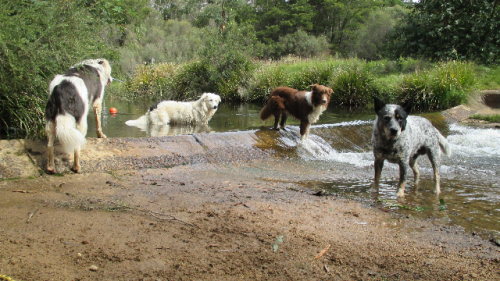THE National Archives of Australia has an unusual exhibition for National Reconciliation Week, running until June 3.
Focusing on Aboriginal serviceman Percy Pepper, who returned to Australia from wartime Europe in 1918 to care for his ailing wife Lucy, “Footprints” reveals that Pepper, aged 40, had sustained a head injury from a shell in 1917 while serving in France and was also suffering from chronic rheumatism. Private Pepper’s discharge from the infantry was approved in May 1918.
The exhibition also features Pepper’s ‘attestation’ paper which shows he joined the 21st battalion of the Australian Imperial Forces in August 1916. The documents form part of the National Archives’ contribution to the travelling exhibition Footprints: the Journey of Lucy and Percy Pepper, developed by the Public Record Office Victoria.
According to Rebecca Stubbs of the National Archives Indigenous Unit, “Percy Pepper was one of about 870 Indigenous men who volunteered for service in World War I…The service records for these men, held in the National Archives, can provide valuable details of family history. Such information can sometimes be hard to find as births were often not recorded for Indigenous people.”
The exhibition follows his journey, as he struggled to carve out a life in rural Victoria after World War I, as well as the trials faced by Lucy and their seven children, Sam, Gwendoline, Alice, Sarah, Phillip, Lena and Dora.
“Footprints” is based on a book of the same name by Simon Flagg and Sebastian Gurciullo, published jointly by the Public Record Office Victoria and the National Archives of Australia. Flagg is a descendent of the Wemba Wemba people from the Swan Hill region and has worked for both archival institutions.
The exhibition shows that when Pepper returned to Australia, he was granted a soldier settler block at Koo-Wee-Rup in Gippsland, located on a swamp which often flooded.
“Footprints: the Journey of Lucy and Percy Pepper,” at National Archives of Australia, Parkes, until June 3.
Image: Percy Pepper (right), in his army uniform, with a fellow returned soldier (wearing a souvenired German uniform), early 1920s. This photograph was taken at the Pepper home at Koo-Wee-Rup. Family members can be seen in the background. Courtesy of the Watkins family.
Who can be trusted?
In a world of spin and confusion, there’s never been a more important time to support independent journalism in Canberra.
If you trust our work online and want to enforce the power of independent voices, I invite you to make a small contribution.
Every dollar of support is invested back into our journalism to help keep citynews.com.au strong and free.
Thank you,
Ian Meikle, editor








Leave a Reply